India’s trade with Central Asia is much below its true potential, and the factor behind is the lack of direct connectivity. The Chabahar Port and the International North-South Transport Corridor (INSTC) remain crucial in this regard. Vivekananda International Foundation (VIF) organised a Webinar on ‘International North-South Transport Corridor’ on October 9, 2020, to discuss the current status of this initiative and also to bring out some suggestions of use for expediting the progress of the INSTC. Dr. Arvind Gupta, Director, VIF, delivered the opening remarks, followed by an overview by Amb. D.P. Srivastava, Distinguished Fellow, VIF. Sri B. B. Swain, Special Secretary, Ministry of Commerce, also delivered his remarks in the Webinar. Sri D. B. Venkatesh Varma, Indian Ambassador to Russia, also shared his perspective on INSTC. A PowerPoint presentation was made by Dr. Shankar Shinde, Chairman (Elect.), Freight Forwarders Association (FFAI).
Why is INSTC Significant?
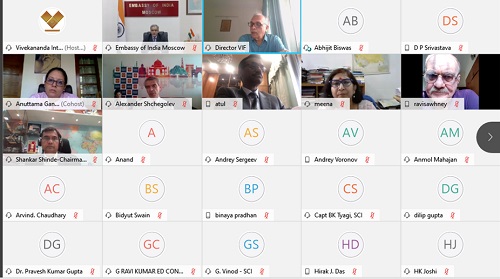
The INSTC is a multi-modal transportation route linking the Indian Ocean and the Persian Gulf to the Caspian Sea via Iran, and onward to northern Europe via St. Petersburg in Russia. The INSTC will provide more direct access to Central Asia, Russia, and Europe. At the same time, it will allow Iran and Azerbaijan to become regional transit hubs. The INSTC is 40 percent shorter and 30 percent cheaper than the traditional route taken through the Suez Canal. It could help India, Iran, Central Asia, and Russia to boost up their bilateral trade.
Unlike China’s ambitious Belt and Road Initiative (BRI), INSTC is free from political aspirations with an engagement of multiple stakeholders. India’s share in the global trade of both Russia and Central Asia is minuscule, and INSTC has the potential to increase it. The existing logistics infrastructures in Iran for instance, Bandar Abbas port is connected to three points on Iran’s northern borders by Rail - Amrirabad port on the Caspian, Inchebarun on the land crossing between Iran and Turkmenistan, and Mashad/ Saraks on Iran’s tri-junction with Turkmenistan and Afghanistan. In addition, Astara is connected by road from Bandar Abbas. Although Bandar Abbas port is the main port serving INSTC, Chabahar port could also be linked to this route once the Chabahar-Zahedan rail line is built.
The Convention on International Transport of Goods Under Cover of TIR Carnets (TIR Convention) has eased the transit process. In 2017, India ratified the TIR Convention, which would further facilitate the trade and transit through INSTC.
The 7th Coordination Council Meeting of INSTC
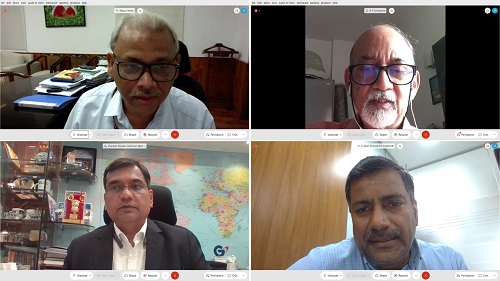
The 7th Coordination Council Meeting of INSTC and the 8th Meeting of Expert Groups were held in Tehran on March 4-5, 2019. Representatives from India, Iran, Russia, Armenia, Azerbaijan, Belarus, Bulgaria, Kazakhstan, Oman, Syria, Tajikistan, Turkey and Ukraine attended this meeting. The 15-member Indian delegation was led by Sri Bidyut Behari Swain, Additional Secretary, Department of Commerce. The INSTC Secretariat decided to form a follow-up committee composed of each member representative during the meeting. On March 6, 2019, Iranian President Hassan Rouhani flagged off a train on the Qazvin- Rasht railway line, a part of the INSTC. Also, the idea of having a single transporting or forwarding company as a joint venture with equities of all member countries to handle the INSTC came up. This would overcome all the obstacles of regulation, customs, etc. In the next meeting at Baku, Azerbaijan, this idea will be further discussed.
Limitations
- Even after twenty years since the launch of the INSTC, its progress has been slow.
- There is a lack of private sector participation in this project.
- There is also some nervousness on the part of the Banks to accept documents.
- Visa restrictions.
- Custom regulations etc.
- Lack of political will.
Way Forward
- This multimodal Initiative has been under discussion for almost two decades, and a test run has been done; now, the founding members like India, Russia, and Iran should launch service on INSTC.
- The government should consider providing financial support in the initial period to the traders to encourage the use of this route. This could, for instance, include defraying insurance costs, etc.
- There is also a need to have a common facilitation cell in each member country consisting of logistic, shipping, legislative and legal and trade councils.
- Promotion of trade and participation.
- International railway cooperation.
- Harmonization of customs across border clearances operation/processes.
- A common IT platform needs to be developed.
- The government should incentivize the private sectors to make more use of the INSTC.
- The government should also facilitate Banking channels, Insurance facility and Shipping support.
- PSU sector should be encouraged to operate through INSTC.
- Single window operations.
The Webinar generated good interest, and there were many points of discussion.


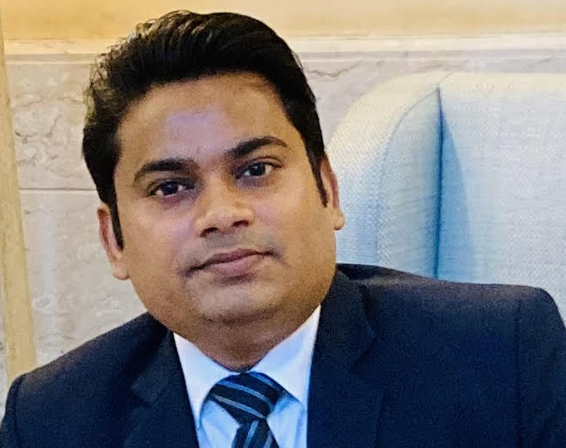

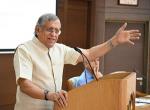

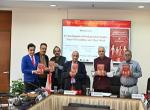

Post new comment